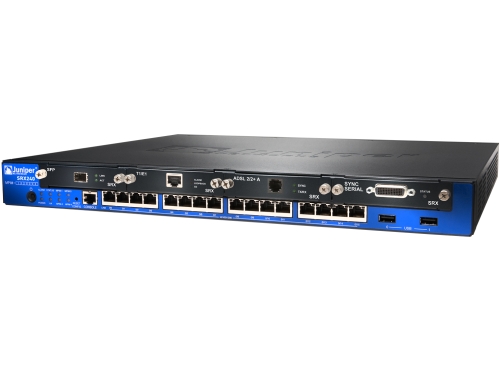

#set security policies from-zone internal to-zone internet policy allow-internal-clients match source-address network_239 Here, we first start by deleting already existing policies to make sure no other policies exist. Creating security policiesĪs this is a firewall, if you don't create a security policy allowing traffic from one zone to the other one, don't expect your transit traffic to work. To better understand the address book concept on SRX, you can take a look at my other post about address books once you finish this post. Note: Address book configuration has evolved over several releases. Now it is time to enforce the security policy to allow internal users to access outside networks. Our address book entry is also ready for security policy.

#set security zones security-zone internal address-book address network_239 192.168.239.0/24 We will create one address book entry for our internal network block 192.168.239.0/24 as follows If you want to configure a security policy you must create an address book entry for the network ranges you would like to use. To mention again, if you don't add the services e.g ssh&ping under internal zone, you can neither connect to the box via ssh nor ping its internal interface IP. Now we have assigned interfaces to each zone. #set security zones security-zone internet interfaces ge-0/0/0.0 #set security zones security-zone internal interfaces ge-0/0/1.0 host-inbound-traffic system-services ssh #set security zones security-zone internal interfaces ge-0/0/1.0 host-inbound-traffic system-services ping Internal clients will be able to reach SRX (i.e ping and ssh service will be enabled) towards SRX.
#Juniper srx Pc#
Our zone facing pc clients is named internal.Following will be our zone configuration There may be two default zones trust and untrust coming with the factory-default config but we will delete them and configure our own zones. SRX is a zone based firewall hence you have to assign each interface to a zone to be able to pass traffic through and into it. Root# set system root-authentication plain-text-passwordĬommit we commit the changes, we should see the new hostname srx220 in the prompt.Ĭommit is required to save and activate your changes. Warning: activating factory configuration Root# <- Now we are on the configuration mode as the hash prompt indicates. Root% configure <- I would like to switch to configuration mode to configure my interfaces, IP addresses etc.
#Juniper srx how to#
Quickly, I can show you how to switch between these modes with an example: When you login to a Junos device, you might also see the prompt % which is the root shell and it doesn’t belong to any of those aforementioned modes and this is the lowest mode on the hierarchy and you can switch between these modes.
#Juniper srx password#
Loading default config and setting the root password Creating source nat for internal clients.Configuring interfaces and default route.Loading default config and setting the root password.We will configure the followings from scratch: I don’t know how many people will find it useful but I hope it will be for those who use SRX for the first time in their life. I was thinking if I should write a short article for beginners to quickly configure an SRX firewall.


 0 kommentar(er)
0 kommentar(er)
